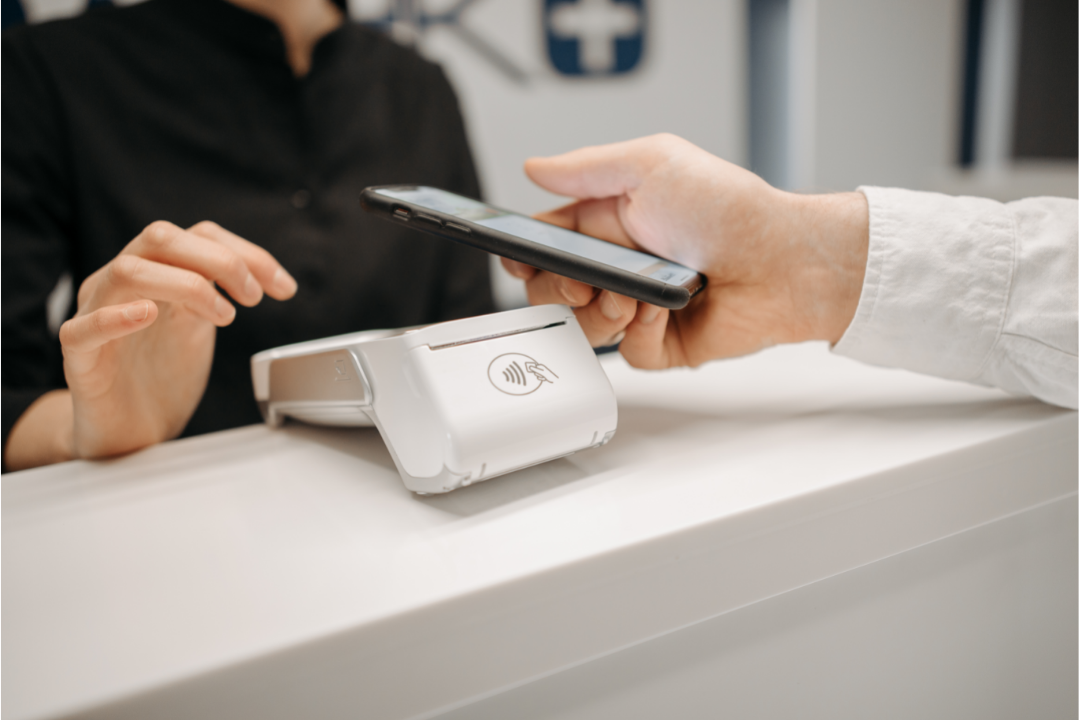PH set to hit digital payments target
Digitalization efforts in the Philippine payments system are on track to meet the target of converting half of total retail payments into digital form in 2023, according to the Bangko Sentral ng Pilipinas (BSP).
The BSP said in a report titled 2022 Status of Digital Payments that as of last year, digital platforms accounted for an overall share of 42 percent of the number of all transactions that year, rising from 30 percent in the previous year.
In terms of value, digital payments represented 40 percent of all transactions, declining from 44 percent in 2021.
In the report, the BSP pegged total transactions at $195 billion, of which $78.17 billion were done digitally.
“The latest results show that we are steering in the right direction as we move closer to our goal of converting at least half of total retail payments volume into digital form by the end of 2023 under the BSP Digital Payments Transformation Roadmap,” outgoing BSP Governor Felipe Medalla in a statement sent out on Friday night.
Medalla said the numbers show the deliberate reforms and initiatives that the BSP and the government undertook were responsive to the shifting needs of the public toward more efficient payments services.
“Since the pandemic, which broadened digital payments adoption and acceptance, the upward trajectory of digital payment usage has been sustained,” he said. “We need to carry on to maintain this trend, focusing on the overall value-adding experience of using digital payments.”
As the party doing the payment, the government was the “most cash-lite” as it made 96 percent of all its payments digitally.
The two other types of payors—individuals and businesses—did so in 55 percent and 10 percent of the time, respectively.
In terms of value, 63 percent or $47.6 billion of payments by individuals were done through digital channels.
Businesses paid digitally at $19.78 billion or 18 percent of total transaction value while the government had $10.75 billion or 98 percent of total.
The BSP noted that merchant payments, person-to-person (P2P) transfers, and salaries and wage payments were the top contributors to the increasing adoption of digital payments.
The regulator added that such results were aligned with the latest BSP Financial Inclusion Survey Report, which found a significant increase in ownership of transaction accounts, majority of which are e-money accounts, and that more of these accounts are now being used for payments.

